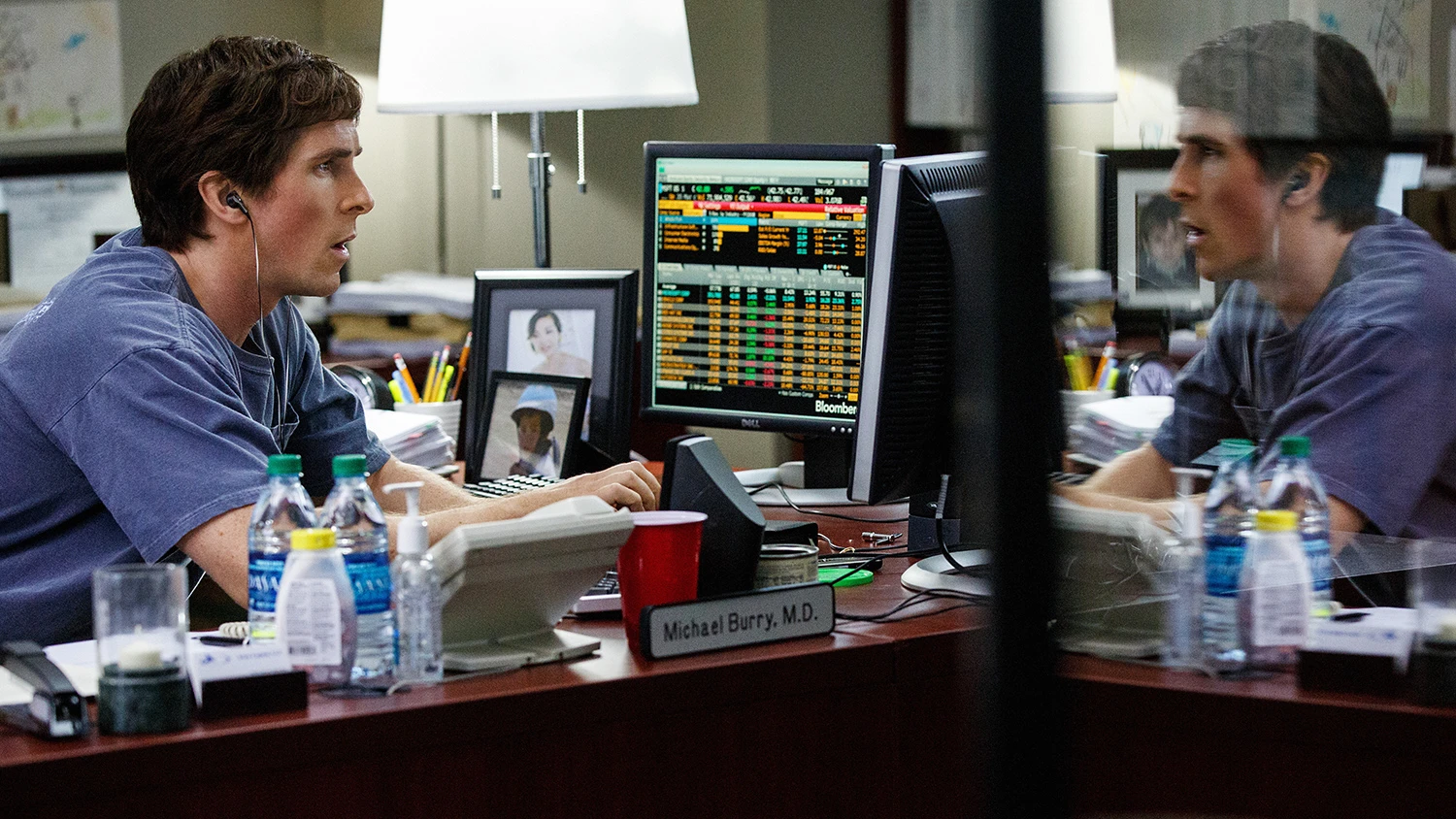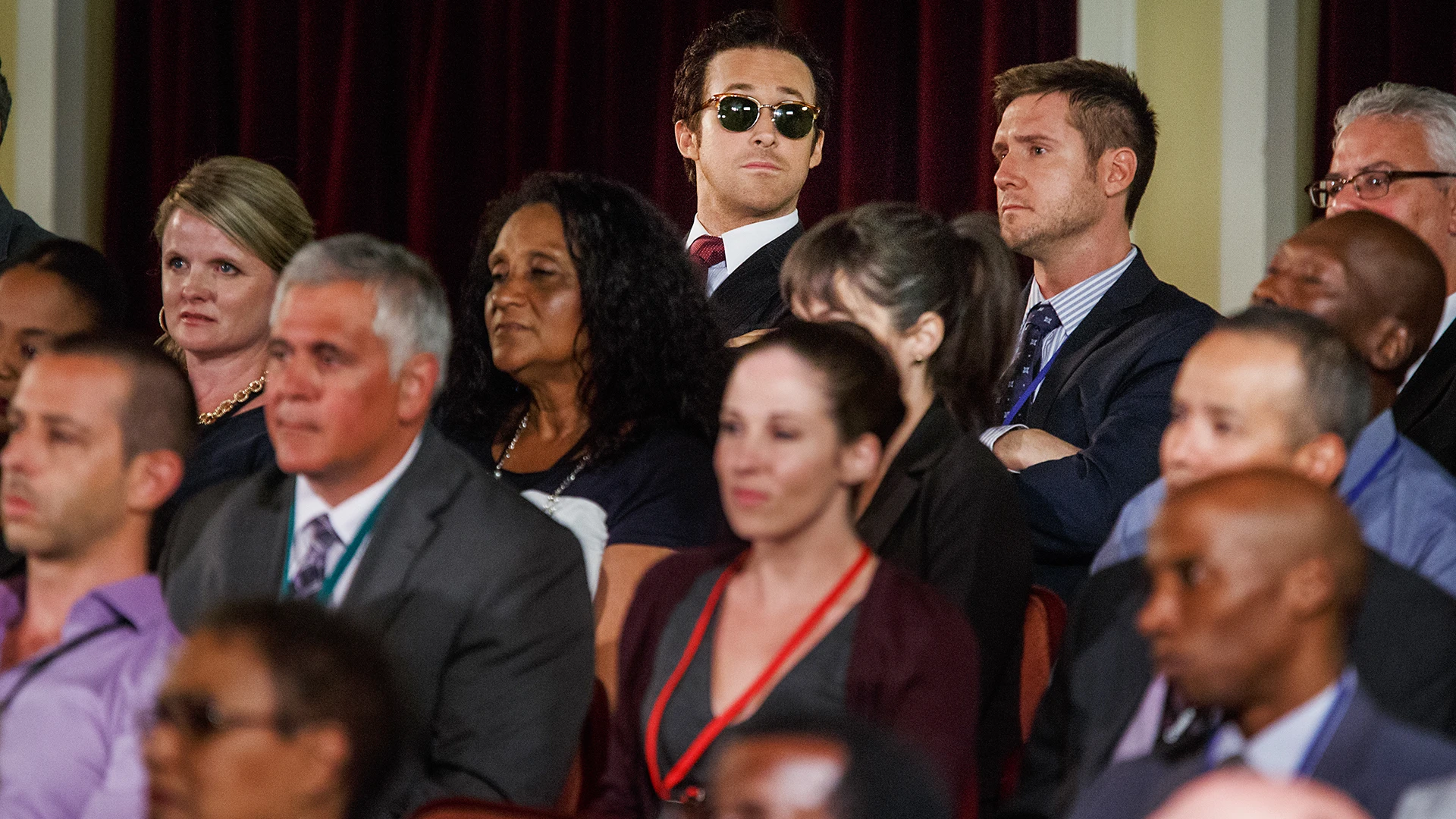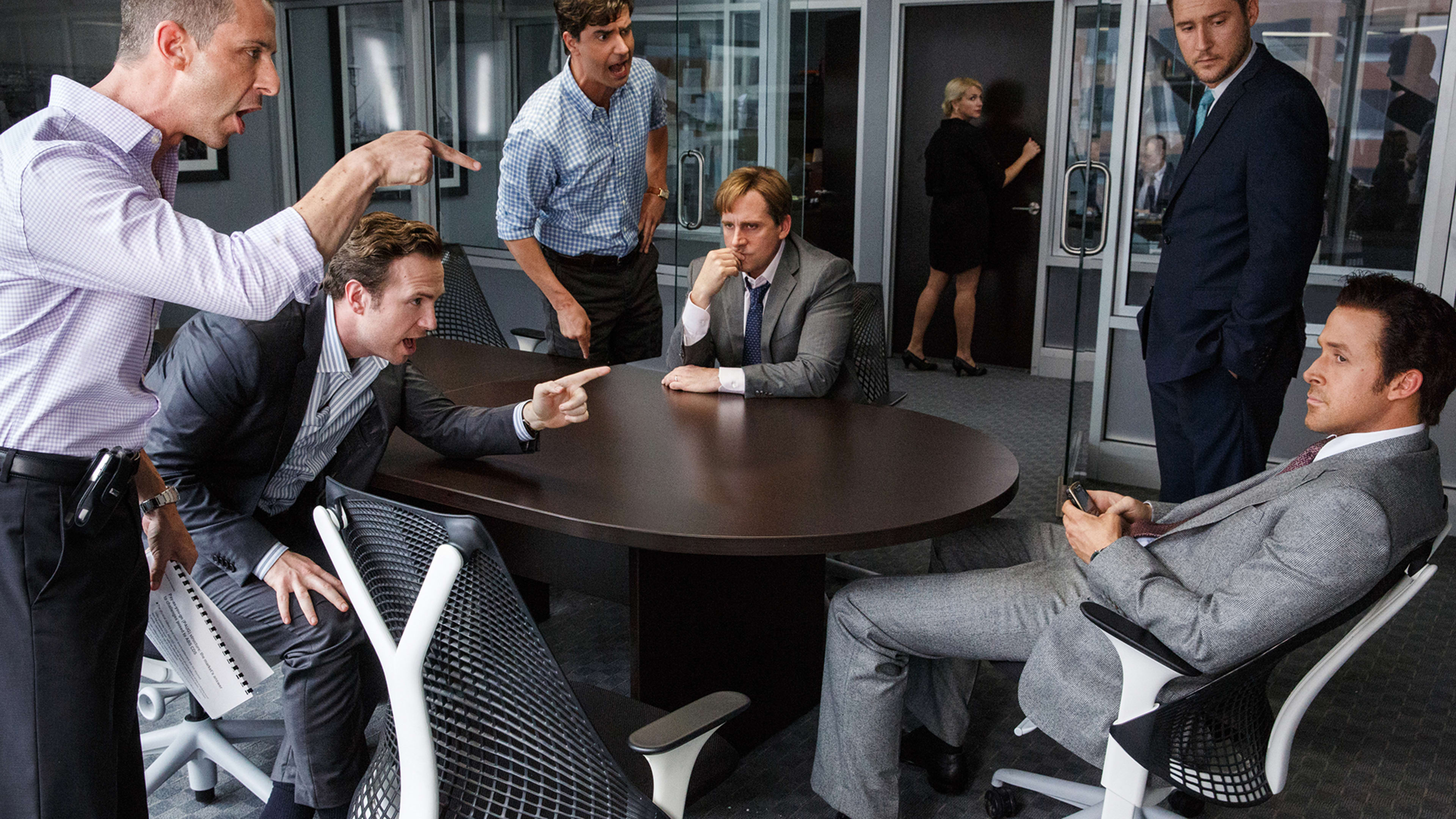Director Adam McKay harnessed plenty of star power when he adapted Michael Lewis non-fiction book “The Big Short” for the big screen, casting Steve Carell, Christian Bale, Ryan Gosling, and Brad Pitt in the story of maverick investors who made fortunes predicting the housing mortgage meltdown of 2008. But one problem remained for The Big Short, opening Friday. To understand the story, audiences needed to wrap their heads around “Synthetic Collateralized Debt Obligations” and other deliberately obtuse Wall Street concepts. “Michael never thought his book could be turned into a movie because of all the esoteric descriptions of financial instruments,” says McKay, the former Saturday Night Live head writer best known for helming the Anchorman comedies. “I figured I needed to explain this terminology in the most clever, apropos way I could.”
To get mainstream audiences up to speed on Wall Street lingo, McKay recruited a team of celebrity explainers to pop up in the film. The Wolf of Wall Street star Margot Robbie defines mortgage securities from the comfort of a bubble bath. Kitchen Confidential author/chef/TV host Anthony Bourdain illustrates how banks bundle toxic assets into CDO’s by chopping up chunks of stale fish served to unsuspecting customers as “fish stew.” And Selena Gomez, accompanied by Extrapolation Bias economist Dr. Richard Thaler, plays blackjack in a casino to demonstrate how one bad bet has ruinous domino effect when it takes the shape of a Synthetic CDO.
“So much of what led us to miss this collapse in the first place is that we live in this 24-hour pop culture news cycle filled with movie stars and affairs and the Kardashians,” McKay says. “Celebrities dominate our mental space so I thought it would be funny and useful to have someone like Selena Gomez giving specific descriptions of these financial instruments.”
Bourdain and his rotten fish stew metaphor passed muster with real-life professional money men when they saw an advance screening of The Big Short, McKay says. “The financial guys said we got it right with the structure of the CDO: It’s crappy stuff thrown into a new product–but apparently the crappy stuff they threw into real CDO’s was even worse then three-day old halibut.”

Speaking to the Camera
In addition to celebrity cameos, Ryan Gosling’s slick Wall Street investor Jared Vennett narrates plot developments directly to the audience. “Certain stodgy critics and filmmakers don’t like when characters talk directly to camera but I find it really exciting,” says McKay, citing 24 Hour Party People, American Splendor and Ferris Bueller’s Day Off as inspirations for breaking the “fourth wall.”
“You wouldn’t want to do it in Pan’s Labyrinth or Children of Men,” he explains, “but for The Big Short, I thought that having your characters speak directly to camera would be a great way to engage the audience. Here’s a world they’ve been told they can’t enter, they’re not smart enough, they don’t know enough. I wanted to invite the audience into the story and make them feel comfortable.”

Profit Driven Protagonists
The Big Short also re-unites McKay with Anchorman alum Steve Carell as hotheaded hedge fund manager Mark Baum, who stars alongside Christian Bale as Michael Burry, an eccentric San Jose-based loner who figures out that mortgage bonds are doomed to implode years before anyone else sees the crash coming.
“These guys are not virtuous white hat-wearing heroes by any means,” says McKay. “They’re just doing their jobs, which in finance means, when you see a bad investment, you do the counter-investment. I wanted the structure of the movie to move these characters away from the rush of playing this investment game based on algorithms and take them to a human level that scares the crap out of them.”
Trader’s Remorse
Through the eyes of its increasingly disillusioned protagonists, The Big Short dissects a corrupt industry that resisted long-term reform simply because it generated so much short-term cash. McKay says, “In the end, these guys did try and warn people that the entire system had been bought, but no one wanted to hear it. Banks were making billions of dollars in fees, ratings agencies made their money by giving high ratings to their sub-prime mortgage bonds, the FCC never stepped in because people from that agency often get hired by the banks. And if financial journalists wrote articles saying ‘The whole market’s going to collapse,’ that could potentially blow up their careers. This racket was bigger than any one individual.”
The real-life people represented in The Big Short remain demoralized about the financial practices they once helped perpetuate. Several have quit trading altogether and taken nine-to-five day jobs. McKay says, “These guys really believed in the free market so when they discovered the whole system was rigged, it was like a kid being told there is no Santa Claus,” McKay says. “The movie ends with Steve Carell’s character standing on a roof top feeling disgusted with himself and the system as he decides to make $200 million personally. In no way does he feel good about it, nor do we in the audience feel good about it.”
Recognize your brand’s excellence by applying to this year’s Brands That Matter Awards before the early-rate deadline, May 3.
